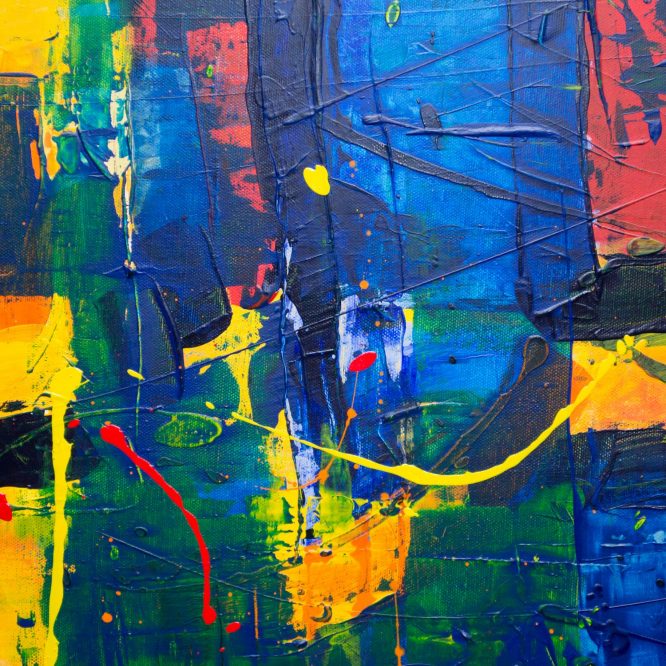There has been a big debate in the NFT twitter circle about NFT CC0 and creative commons, more specifically the CC0/ CC Zero license. My take was, for 1/1 Art NFTs, CC0 might be a bit premature. Of course, some agreed with me, while some disagreed.
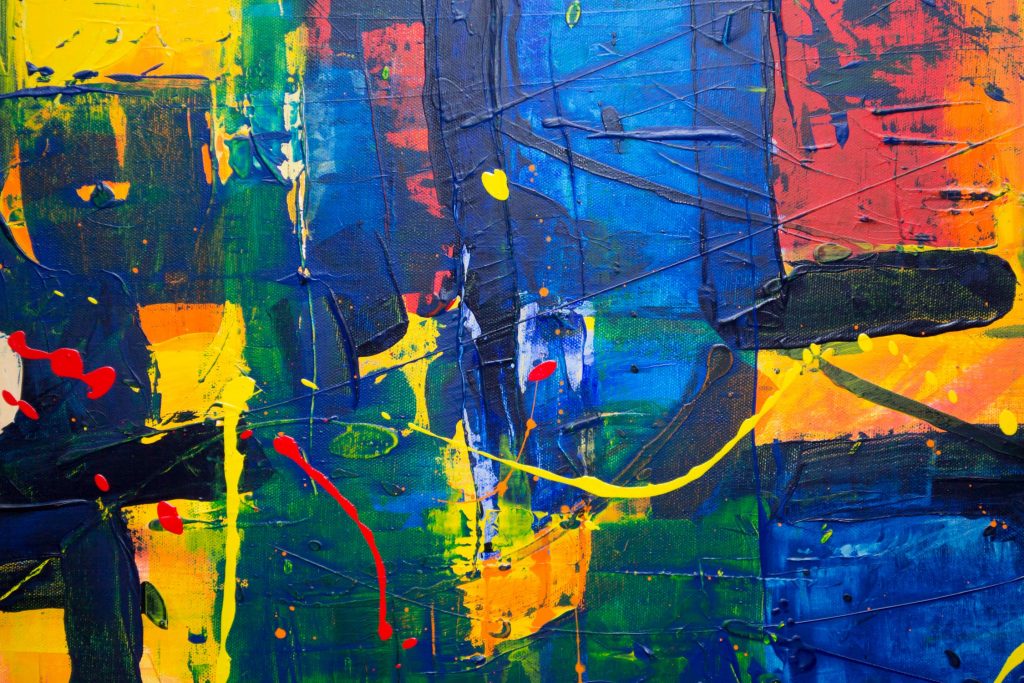
Personally, and regarding my art, I do not believe CC0 is the right license for any of my works of art. Well, at least not right now. I do not create hundreds of pieces a year, and the traditional rights model works just fine for me. This obviously doesn’t mean every artist must follow in these same steps. I do however believe; it is imperative for every artist to stay informed.
Before I continue, let me first explain for those who may not know, what creative commons, IP and CC0 are.
What are image rights or intellectual property?
Intellectual property or IP as it is popularly called, are automatic rights given to the creator over a property of their intellect. So, your artwork is a creation made by you, from your mind. IP gives the creator rights over this property, over a certain period. This period is the duration of the creator’s life, plus 70 years after they pass on. What changes this is, if you, the creator, chooses to transfer your rights. You can transfer it to another person, company or even relinquish all rights by making that property public domain.
So, image rights aka copyright, are the rights you have over an image you created. In the US, although you are automatically granted rights over your creation or image, it is also a great idea to register it with the US Copyright office. This adds an extra layer of protection to your work, if you need to go after anyone legally.
Some of the benefits of IP
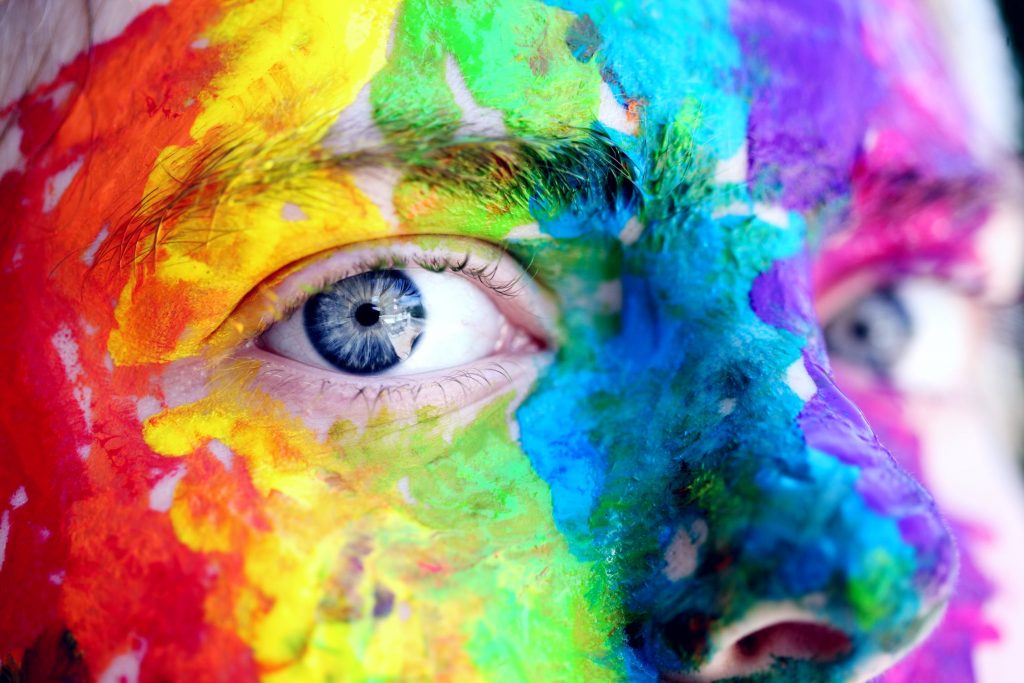
When you own the rights to your work, only you and whomever you authorize, have the right to distribute the property. This can be beneficial, if you have a popular creation that often gets a request to be licensed. Also, you can’t say which of your creations will take off, so prematurely giving away the rights might hurt you in the long run.
Another popular benefit of having IP rights, is in being able to control how your creation is used, especially commercially. Being able to control how it is used commercially, helps you ensure it is being used for things that align with your brand. While discussing IP in twitter spaces, an artist jokingly mentioned that what if it ends up in some type of movie that isn’t favorable to you? Keeping things PG, if you know what I mean.
The Music Industry as an example
In the music industry, we have seen artists give up their masters to record labels only for them to struggle to get it back. Taylor Swift is a good example. She fought tooth and nail to get her masters back and still had to re-record most of her songs. When you own the rights, you have more control over your work, especially if you are an artist that doesn’t create many pieces throughout the year. If you are a legacy seeking artist, it also ensures that if this creation remains successful, even after you are gone, your estate will continue to benefit from it.
Jay Z NFT Twitter Spaces
I was listening in on a very rare twitter spaces hosted by the founder of Twitter, Jack and Rapper, Jay Z. They spoke about the benefits of NFTs. At this stage, I had not started minting my work and was still absorbing information so I could make the best decisions for my brand. That conversation changed everything about NFTs for me and had me sold on the concept. Jay Z talked about an artist who had sold his work for around $3,000 – don’t quote me, it could have been less.
I believe the collector then went on to resell it for something in the million range – also don’t quote me. His point was, if NFTs were a thing in play, the artist would have been able to make some money from the million range, by getting royalty. Besides it being a great way to record things, royalty was one of the key things that made NFTs attractive to me. It also increases the chances of getting collectors who hold on to your work long term. Giving away rights at an early stage, eliminates this opportunity and brings us back to the problem Jay Z mentioned.
What are Creative Commons and CC0?
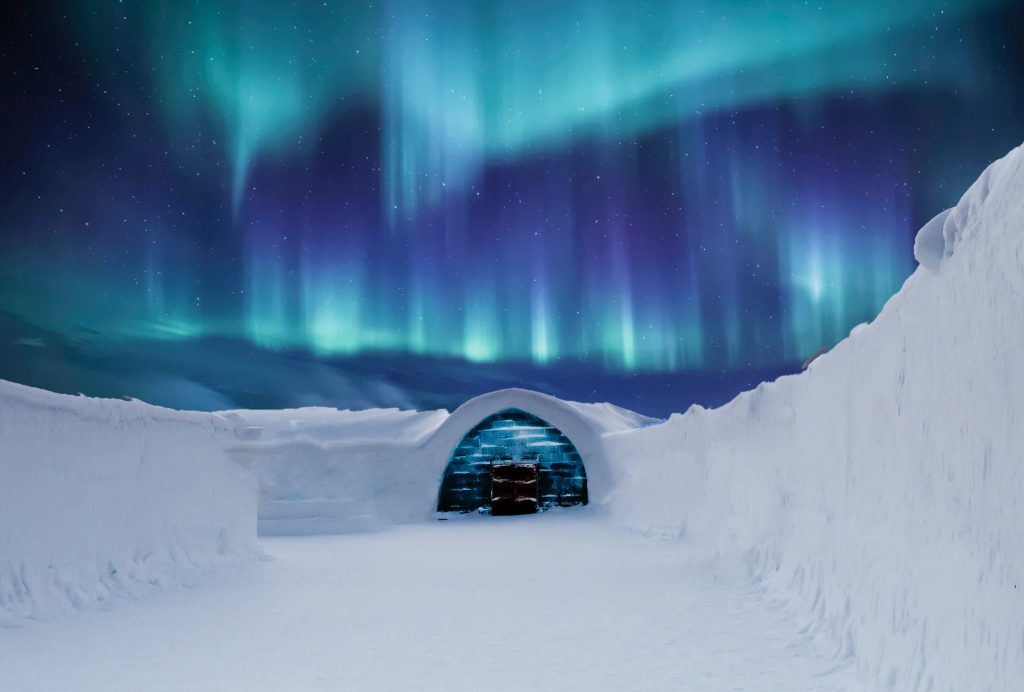
Creative commons were initiated to tackle the issue of copyright and to give creators options on how to share their work. Traditionally, the only right assigned to a creation were “All Rights Reserved.” This nonprofit organization tackled this with different types of rights being made available.
Creative Commons created a set of licenses that would allow creators to share their work with others, under different terms. Some of the terms include, giving attribution, using for personal use only, using for commercial use but attributing, and of course public domain aka CC0. CC0 is the lowest form of creative commons, which means no rights reserved. This is also the license being sought by some people in the NFT space.
A breakdown of Creative Commons Licenses
Creative Commons offer a total of 7 licenses, and I will break them down.
- CC BY: This license lets anyone who wishes to use the creation to distribute, build on and remix it for both commercial and personal use. They would need to give attribution to the creator.
- CC BY-SA: This license lets anyone who wishes to use the creation to distribute, remix, build on the material for both commercial and personal use. The person reusing would however, need to license the work they created under the same terms as the work they used.
- CC BY-NC: This license lets anyone who wishes to use the creation to distribute, build upon it, remix it in any format but for personal use only. You can’t use anything listed as a CC BY-NC for commercially sold recreations. Attribution would still need to be given to the original creator.
Creative Commons Licenses Continued…
- CC BY-NC-SA: This license lets anyone who wishes to use the creation to distribute, build upon it, and remix it. They can do so in any format but only for personal use only. You can’t use anything listed as a CC BY-NC-SA for commercially sold recreations. Also, you would need to give attribution to the original creator. You would then need to attach the same terms as the original work you used to your creation.
- CC BY-ND: This license lets anyone who wishes to use the creation to distribute and copy the creation. They can do so in any format but only in an unadapted form. You can use this for commercial purposes. You would also need to give attribution to the creator.
- CC BY-NC-ND: This license lets anyone who wishes to use the creation to distribute and copy the creation. They can do so in any format but only in an unadapted form. You cannot use this for commercial purposes. You would also need to give attribution to the creator.
- CC0: This license is the zero license. It lets the creator give up all rights to the work to the public domain. Anyone can use it anyways they wish, even commercially, without giving attribution.
Why NFT CC0?
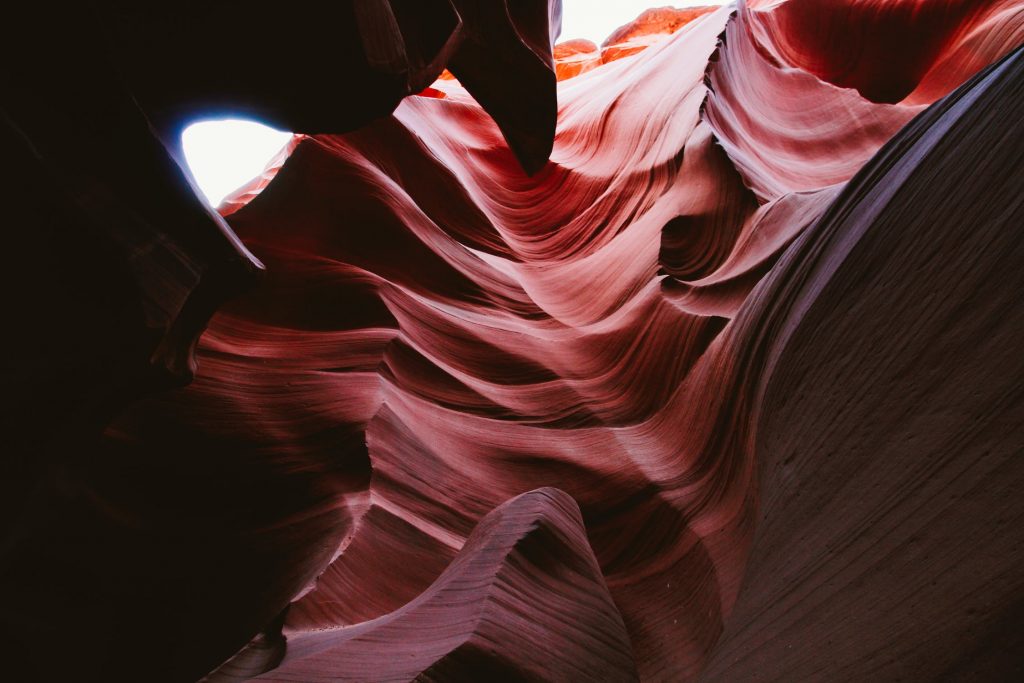
CC0 or Public domain is great If you wish to dedicate your work to the public. Beeple is a good example of an artist who used to create just to share with the public. This was before his historic NFT pieces were sold. He did not release the NFT as public domain and went to make even more money in the secondary market.
Public domain is also not only used for art. It is used for software, books, gaming, journals and so much more. People who benefit from the ability to use someone else’s creation range from artists, scientists, engineers etc.
Why not CC0?
There is absolutely nothing wrong with CC0, you just must be sure it is what is right for you and your brand. In fact, every single image you see in this post has a CC0 license. The point of CC0 is to share but in NFTs, I believe the model being sought was to profit and then share the jpg. Since NFTs are still very early, that part was a bit confusing for me.
Also, in a space where things will quickly become competitive, where will the bottom be? I believe NFTs have changed many lives because they are now able to profit from their work. What happens when the CC0 competition starts, and artist decide it is ok to release their work for $10 because well. “I wouldn’t have sold it anywhere else anyways.” I believe introducing it at such an early-stage, and attaching hopes of making money to it, leaves room for fear of not selling and a defeatist attitude to prosper.
Also, I worry about sustainability. How is it sustainable? This is where collective decisions by other artists can affect you as well, simply because you offer your art in the same space.
Digital Age and IP
Currently, with social media, you may not be able to fully control who shares your work, but you can legally sue who uses it for profit. If you have the time, you can also ask those who share it or the platform it is being shared on, to take it down. I personally do not mind my work being shared, if it is in a manner that aligns with my brand. Retaining rights gives me the legal ability to go after anyone who tries to devalue my work, CC0 doesn’t.
There is a reason major companies retain rights to work they own and there is also a reason some spend so much money on things like trademarks. Their brand and protecting it is important to its longevity.
How My IP Rights help me as an artist.
Retaining rights to my work helps me figure out a usage model that works for me without worrying too much about nuisances. If I make physical prints of my work, there will always be limited quantity prints that circulate, never more. When someone else decides to print and sell my work, they would be considered counterfeit and that is illegal.
If I had my work as CC0, I would have no say, and anyone can print and resell without my permission or giving me credit. This can in turn devalue my work and the pieces held by my collectors. Also, if a big corporation decided to license my work, they would need to pay me. Under the CC0 license they could use my work without paying me or giving me credit. Remember, we all have different goals for our brand, so always do what works best for yours.
My NFT Art and its IP Rights
Because I am still building my brand, exclusivity and my work being identifiable with me, is an important factor. I also believe an art work’s exclusive nature adds value to the work and gives value to the collector. If the collector and artist do not care about these things, then it doesn’t matter, and public domain would work just fine for them. So, in essence, it all boils down to your goals as an artist and finding a collector who shares your vision.
I also believe that something everybody owns will always be less valuable than something that is limited. Also, when you look at historic art pieces that are now in the public domain, you can, most times, tell who the artist is. This is hardly ever the case for artists who are just starting out.
Can CC0 be problematic?
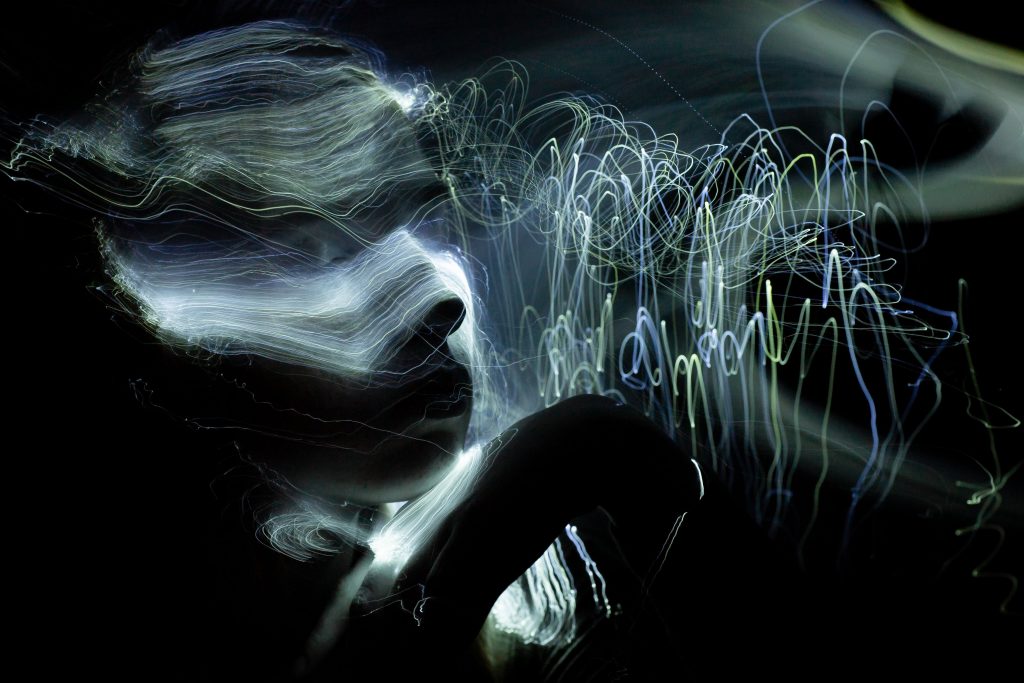
I believe that yes, a CC0 can run into issues for the artist. If you have an image that is identified with you and you give the rights to anybody to use commercially, you run the risk of it being used in a manner that does not align with your brand.
I saw a lot of confusion about if the collector owns the right to a CC0 artwork. The answer is no. If you are collecting an NFT artwork that is released under CC0, it simply means you have paid for it on the blockchain. The general public has equal rights as you to use the actual image. I am not sure why anyone would want to buy that in a secondary market. But then again, because NFTs are all new, I have seen things that were mind boggling in the space.
Again, we are talking about 1/1 pieces of art, not 10,000 PFP generative projects. I will explain why CC0 would work for those as you read on.
Is CC0 right for your NFT?
Now, we are all different and have different goals as artists. If this model is the goal for the works of art you create, then that is fine. Just understand that once you give up the rights, you absolutely cannot take it back. If you find your art being used how you don’t like, you cannot ask them to take it down. You also cannot get upset if a big corporation uses it without giving you credit.
Remember, once it is public domain, you no longer own it. I saw some photographers make an argument that, well, they can just take another photo. If that is what you do and what works for you, that is fine too. Not all photographic art is created this way. Some take time and planning. Others capture a piece of history that cannot be repeated. Some freeze in time, iconic moments that cant ’t be duplicated.
I believe CC0 works great for things that are opensource like software. I use an opensource software so public domain does have its benefits.
The blurred lines of Art in NFTs
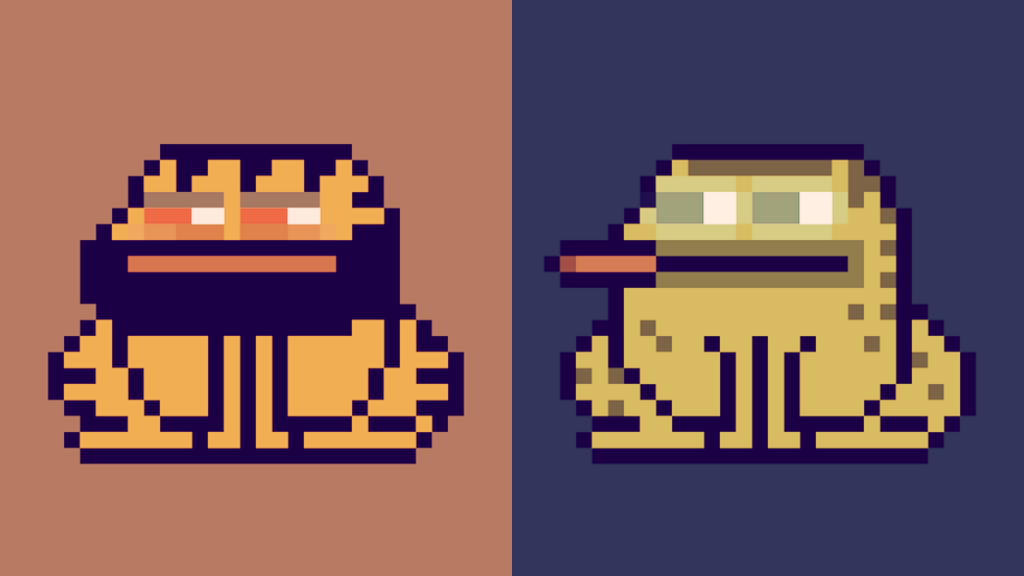
One of the most popular uses of NFTs are something called PFP, which stands for Picture for Proof. It is also popularly known as your profile picture. This new wave of images are computer generated and usually attached to a community project. While I love the idea behind PFPs, I believe the best definition for them are not necessarily art. I think community tokens or as I jokingly call them, clout tokens describe them best.
Owning one can make you “feel among” in certain circles of people who own one too. It can also get you perks offered by the project team. Think of it this way, people are more likely to root for a community or team they are invested in. Because the term art is used very broadly in NFTs, and because these PFPs are usually identifiable by a cartoony image, they have also been coined NFT Art.
About NFT PFP Projects and Public Domain
I saw someone make an argument for CC0s, citing a PFP project called CrypToadz. It touts itself as the first Public Domain PFP Project. First of all, let’s not confuse PFP NFT Projects with collecting 1/1 Art. For the most part, what you are paying for with the PFP projects is the community. This community usually comes with its perks, a chance to level up by reselling and sometimes, the clout.
These things are not available in the public domain. They are only available to the token holder. The “artwork” is just an identifier. So in this sense, it being public domain is a bit irrelevant to the scope of things.
Public domain works for this type of project because they literally have nothing to lose in artistic value. Comparing such projects to actual works of art, is like comparing apples to rocks. It is like comparing the Mona Lisa to computer generated 10,000 quantity images. Each has its own cultural value, but they are not the same. This is my opinion, but you are free to disagree.
Do your own research.
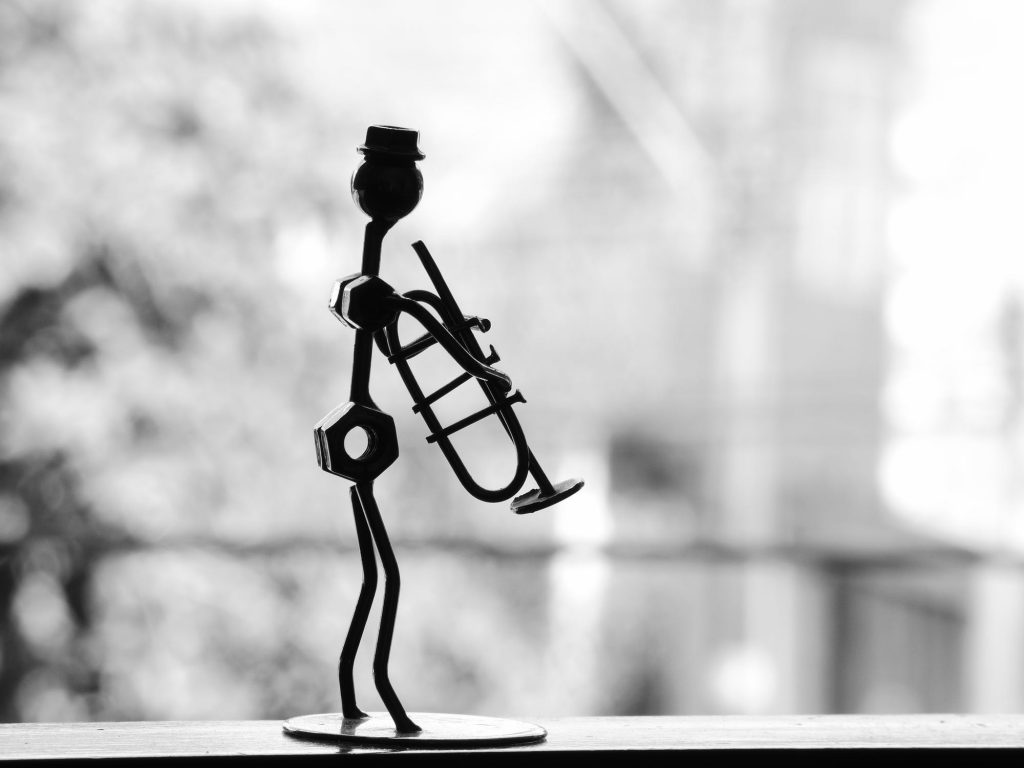
Speaking of CrypToadz, I also noticed a few collectors of this public domain PFP NFT were not entirely sure what public domain meant. I saw one collector argue that it meant he owns the rights. Sorry, buddy, no one owns the rights. You simply own the token and it’s perks. The public owns the rights to the image.
Each toad can be used by anyone commercially. The collector on the blockchain, would not get a dime. What you could however get is, enough clout to sell your toad and its perks to another collector. The frenzy to own something everyone is hype about is an opportunity to resell a PFP in the NFT World.
Some more misinformation answered
Speaking of public domain, I saw someone tweet that they like public domain because they don’t like when artists sell prints. I shook my head at how misinformed this individual was. With Public domain, not only can the artist still sell prints, but the entire world can too. So, if your problem is with prints, you are championing up the wrong alley. Needless to say, the amount of misinformation I saw going around, was alarming.
If you were looking to own the rights to the piece of art and not just the token, you would have needed it transferred to you in a contract from the creator. With public domain images, you can profit commercially from it, but so can the rest of the world. If a brand like Disney choses to use your PFP, or any public domain creation, they do not owe you any recognition or compensation. They can do so freely without repercussions because it is in the public domain.
If someone decided to make a cartoon out of it, they can do so without giving you a dime or credit. Legally, under public domain, it is allowed. Also, if I am an NFT seller, I can mint these PFPs or make derivatives for resale without giving credit to the collector. It obviously would not come with the community perks. If you do not care, or wish to offer your own perks, you can build your own community around your new mints.
So, in essence, I believe PFP projects, for most PFP collectors, are more about the perks than the actual image.
NFT Twitter and the CC0 debate
Now let’s go back to 1/1 art works in the NFT space. Recently, an NFT Artist listed their work for NFT collection, and the terms were, once it is sold to a collector, they would release its rights to the world for public use. This image went on to sell to a collector for 100 Ethereum. To put it in context, as of today, 1 Ethereum is equivalent to $3,300.
While this model might have worked for that artist and their collector, it may not be right for everyone else. Because the image was not that unique, and a simple google search would bring up other very similar images, taken at the same location, I could understand why such an image can be released as a CC0.
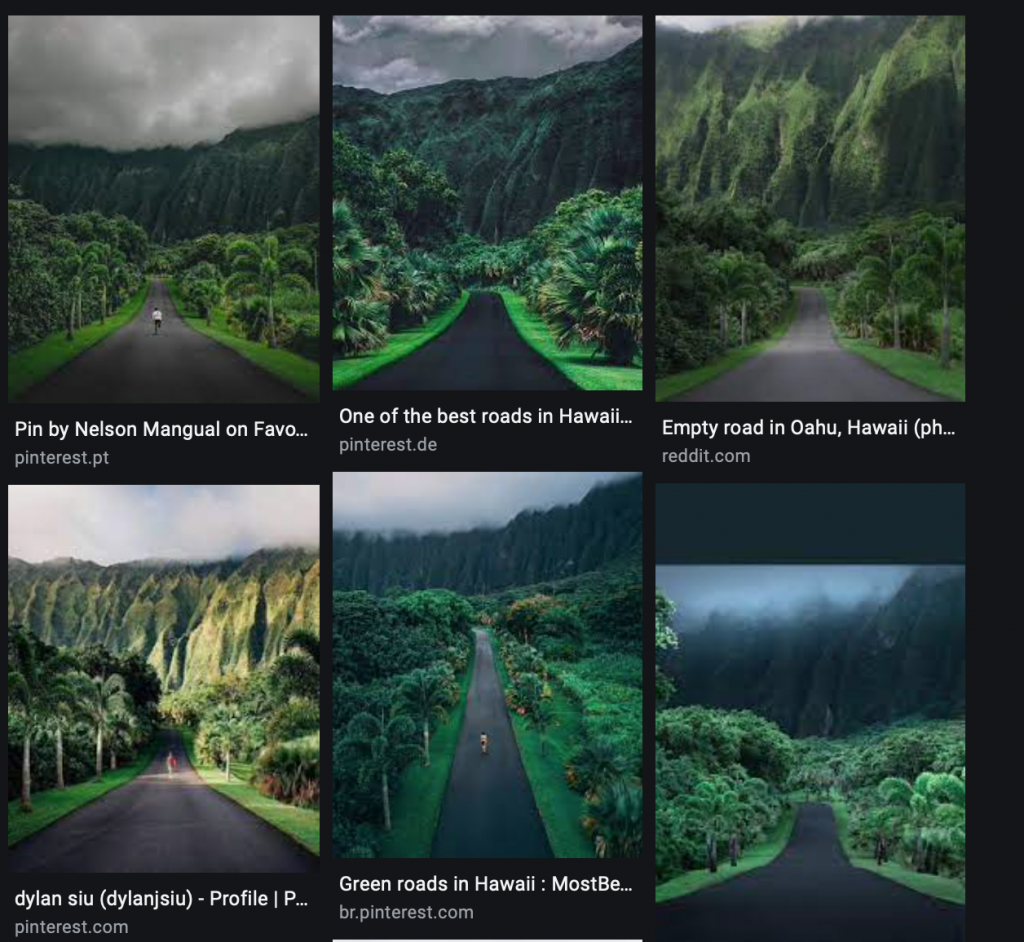
What I couldn’t understand, however, especially in the context of NFTs, where secondary sale is a big deal, was what artistic value releasing its rights, had to the collector. As we continue to grow in this space, and learn more, I guess only time will tell.
Why it caught my attention
While the collected NFT did not initially catch my attention, what caught my attention were NFT creators I followed on twitter suddenly putting text about releasing their work as CC0 in their tweets. This sparked my curiosity, so I decided to dig a bit further. Was this the new thing in NFT? What was the motivation behind this? Am I missing something?
As someone who offers my art as NFTs, I try to stay informed and didn’t want to be left in the dark. I was able to trace things back to the landscape NFT that sold for 100 Ethereum. I also noted a promise from a different collector to purchase some works from artists that listed their works as NFT CC0 as an “experiment.”
While taking note of things, I noticed that some of the artists listing their work as NFT CC0 did not know its implications. They saw the monetary offer and a chance to sell and ran with it. They say do your own research but sometimes we jump into things because we did not.
After explaining what CC0 meant to some of them, some decided to delist their work promoted as a CC0. Of course, this doesn’t mean everyone does not know what they are getting into, some did and still felt the benefits of the immediate sale outweighed anything else they could achieve with that image. My other concern was how does this new thing make or mar 1/1 NFT art?
An NFT Experiment?
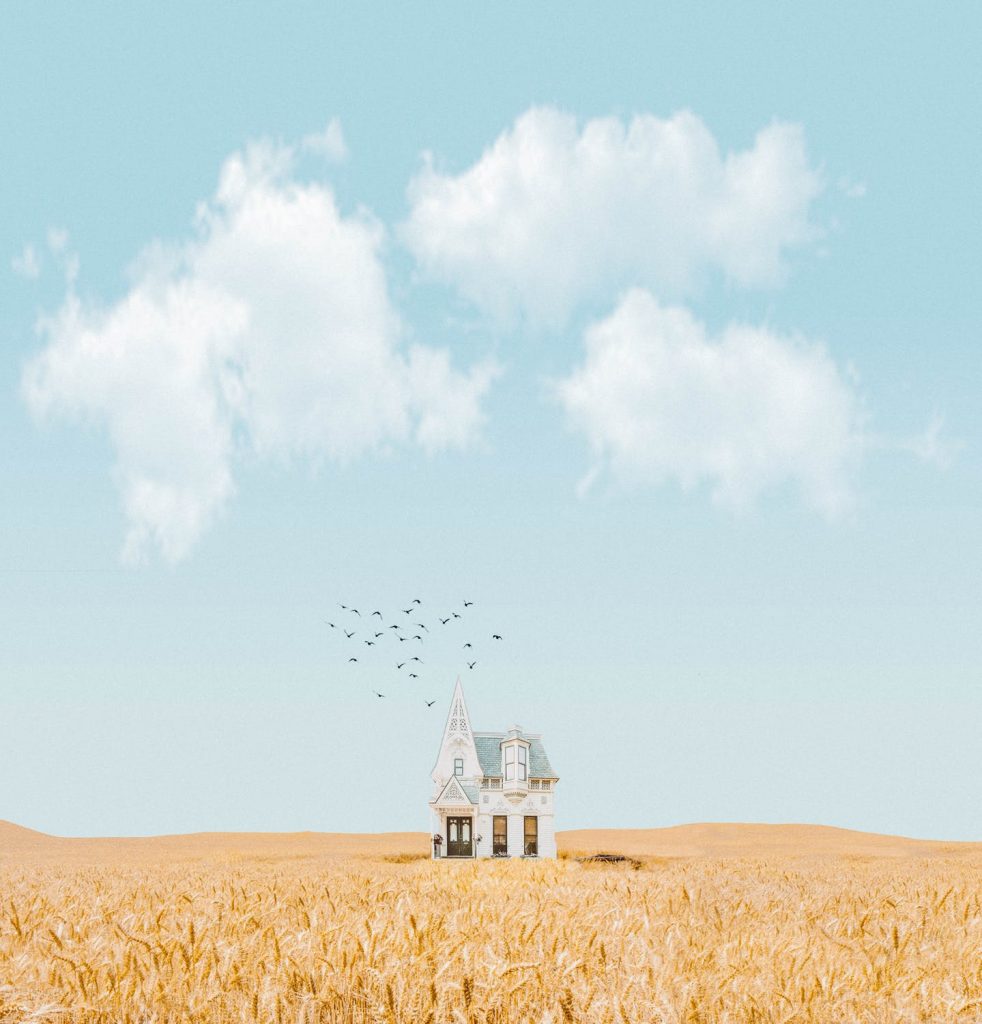
I noticed most artists that were willing to list their work as NFT CC0 were also eager for a sale. Some even went as far as listing their work for a fraction of what it could have been sold for in a secondary market. In NFTs, there is this thing called FOMO, which stand for fear of missing out. The FOMO on this was loud.
Another observation I made was that, listing your work as NFT CC0 did not ensure a sale. As of the time I am writing this, a lot of their work remained unsold, even with its CC0 license. They have resorted to constantly bombarding the collector who initiated the experiment with tweets to see their NFT CC0.
Speaking of value, I was inboxed an interesting thread about the result of an NFT CC0 sale. It was started by an NFT creator who listed one of his wife’s favorite images as CC0, at a low price. He apparently did not get the value he expected from it and decided to make a thread about it.
While all this was playing out, one of the points I made was, with 1/1 art, NFT CC0 had no bearing on if a collector would pick up the art piece or not. If anything, it would deter future art collectors from touching it. With art through the ages, collectors have always collected pieces they felt were valuable to them or would increase in value over time.
I believe the NFT CC0 model can eventually lead to artists being taken advantage of. In my opinion, especially with saturation, it could make things no different than the current predatory pricing you see for certain types of art, especially photography.
In conclusion
We are all free to choose the best licensing model we want for our work. It is always a good idea to research before you get into things. Even if an influencer is telling you, it is right, still investigate further. Yes, we are not perfect and are all learning and that is perfectly fine. I have made tons of mistakes while building my brand and will probably make more. One thing I however try to do, is make sure I do things that align with my vision. This vision includes having an idea where I wish to see myself as an artist.
If you have enjoyed this article or have any questions, you can find me on twitter @ ToniPayne.

